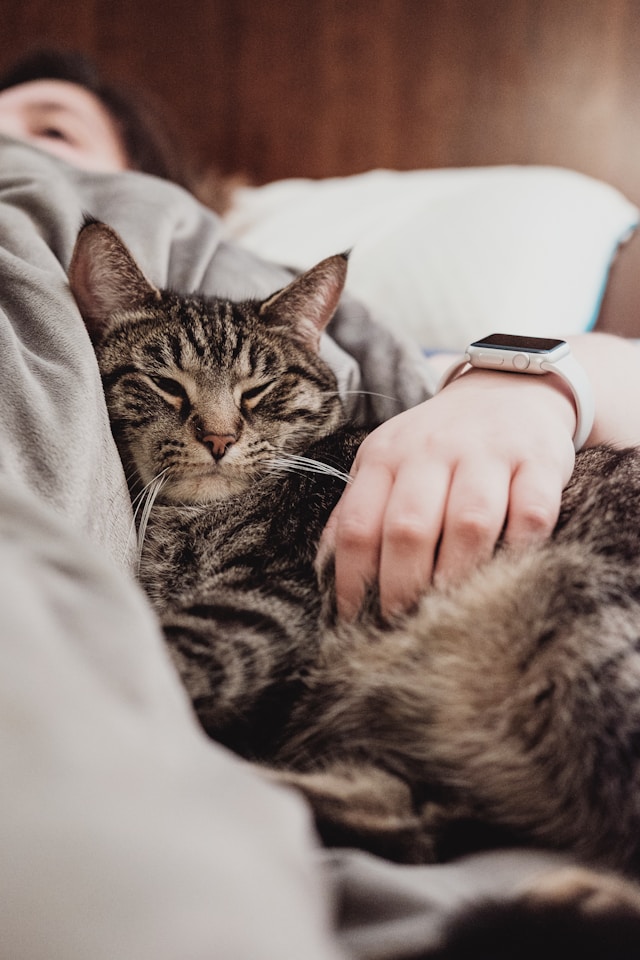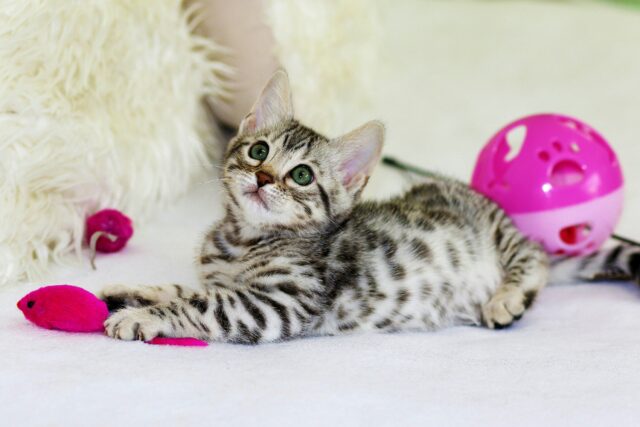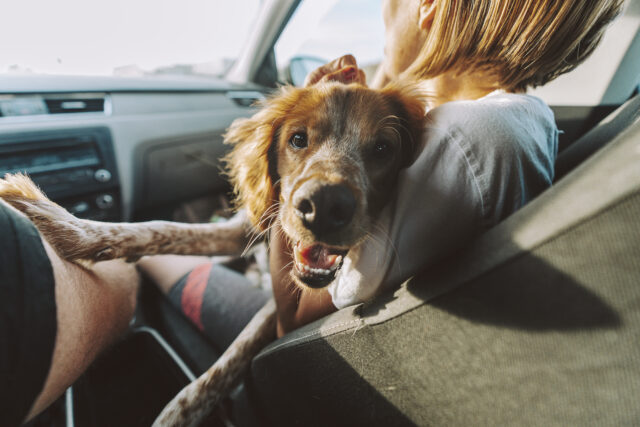Bringing your pet out in public can be a delightful experience, but it requires preparation and awareness of proper pet etiquette to ensure your furry friend behaves well and remains a positive presence in the community. Whether you’re heading to the park, visiting friends, or running errands, having a well-behaved pet is essential for a pleasant outing. Here’s a comprehensive guide on pet etiquette to help you manage your pet’s behavior in public spaces effectively.
1. Understanding Pet Etiquette
Pet etiquette refers to the expected behavior of pets and their owners in public settings. It encompasses everything from leash manners and social interactions to cleanliness and respect for others. Proper pet etiquette ensures that outings are enjoyable for everyone, including your pet, other people, and their pets.
2. Basic Training for Good Behavior
Before you venture into public with your pet, foundational training is crucial. Start with basic commands such as “sit,” “stay,” “come,” and “leave it.” These commands help you manage your pet’s behavior and respond quickly to any potential issues.
Key Training Tips:
• Consistency: Use the same commands and rewards each time to reinforce learning.
• Positive Reinforcement: Reward your pet with treats, praise, or toys when they exhibit good behavior.
• Gradual Exposure: Begin training in low-distraction environments before gradually introducing your pet to more stimulating public settings.
3. Leash and Harness Training
Proper leash and harness training is essential for maintaining control and ensuring safety. A well-fitted harness or collar and leash help you manage your pet’s movements and prevent them from running off or getting into trouble.
Leash Training Tips:
- Loose Leash Walking: Train your pet to walk calmly beside you on a loose leash. Avoid letting them pull, as this can lead to uncontrolled behavior.
- Leash Etiquette: Teach your pet to walk calmly past other animals and people without lunging or barking.
- Proper Fit: Ensure the harness or collar fits snugly but comfortably, allowing freedom of movement without slipping off.
4. Socialization with Other Pets and People
Socialization is key to ensuring your pet behaves well in public. Expose your pet to different environments, people, and other animals to build their confidence and reduce anxiety.
Socialization Tips:
- Gradual Introduction: Introduce your pet to new experiences gradually to avoid overwhelming them.
- Positive Interactions: Reward your pet for calm and friendly interactions with other pets and people.
- Controlled Environments: Start in controlled settings such as pet-friendly parks or events to practice socialization before visiting more crowded areas.
5. Managing Aggression and Fear
Addressing aggression and fear is crucial for maintaining good pet etiquette. If your pet displays aggressive or fearful behavior, it’s important to manage these reactions to prevent incidents in public.
Managing Aggression and Fear Tips:
- Identify Triggers: Determine what causes your pet to react aggressively or fearfully and work on desensitizing them to these triggers.
- Professional Help: Consider consulting a professional dog trainer or behaviorist if your pet exhibits severe aggression or fear.
- Safe Spaces: Provide a safe space for your pet to retreat to if they feel overwhelmed. This could be a designated area in your home or a comfortable crate for travel.
6. Respecting Public Spaces
Respecting public spaces is a key aspect of pet etiquette. Be mindful of rules and regulations regarding pets and ensure that you and your pet follow them.
Respecting Public Spaces Tips:
- Leash Laws: Always keep your pet on a leash unless in a designated off-leash area.
- Clean Up: Carry waste bags and clean up after your pet immediately. Leaving waste behind is not only inconsiderate but also unhygienic.
- Pet-Friendly Areas: Ensure that the locations you visit are pet-friendly and adhere to any posted rules or guidelines.
7. Handling Pet Waste
Proper management of pet waste is essential for public hygiene and maintaining a positive reputation as a pet owner. Always carry waste bags and dispose of your pet’s waste responsibly.
Handling Pet Waste Tips:
- Waste Bags: Keep waste bags handy during walks and outings. Most pet owners use disposable plastic bags, but biodegradable options are also available.
- Disposal: Dispose of waste in designated bins. Avoid leaving waste in public areas or parks.
- Hygiene: Wash your hands or use hand sanitizer after handling waste to maintain personal hygiene.
8. Preparing for Outings

Preparation is key to ensuring a smooth and enjoyable outing with your pet. Plan ahead to address any specific needs your pet may have during public outings.
Preparation Tips:
- Check Supplies: Ensure you have all necessary supplies such as food, water, leash, waste bags, and a first aid kit.
- Comfort Items: Bring items that provide comfort to your pet, such as their favorite blanket or toy.
- Health Check: Ensure your pet is healthy and up-to-date on vaccinations before taking them into public spaces.
9. Educating Others About Pet Etiquette
Educating yourself and others about pet etiquette helps promote a positive environment for everyone. Share your knowledge with other pet owners and encourage them to follow proper etiquette as well.
Education Tips:

- Lead by Example: Demonstrate good pet etiquette in public to set a positive example for others.
- Pet Etiquette Classes: Consider enrolling in pet etiquette classes or workshops to improve your understanding and skills.
- Community Involvement: Participate in community events focused on pet care and etiquette to promote responsible pet ownership.
10. Conclusion
Good pet etiquette ensures that your pet is well-behaved and considerate in public settings. By focusing on basic training, leash and harness training, socialization, managing aggression and fear, respecting public spaces, handling waste responsibly, and proper preparation, you can create a positive experience for both your pet and others around you.
Proper pet etiquette not only enhances your pet’s behavior but also fosters a respectful and enjoyable environment for all. Implement these tips to ensure your pet is a well-behaved companion in public, and enjoy the benefits of a well-mannered furry friend.
For more tips on pet etiquette and responsible pet ownership, explore our other guides and resources. Happy outings with your well-behaved pet!
—
By focusing on these key aspects of pet etiquette, you’ll ensure that your pet remains a positive presence wherever you go, making outings enjoyable and stress-free for everyone involved.


